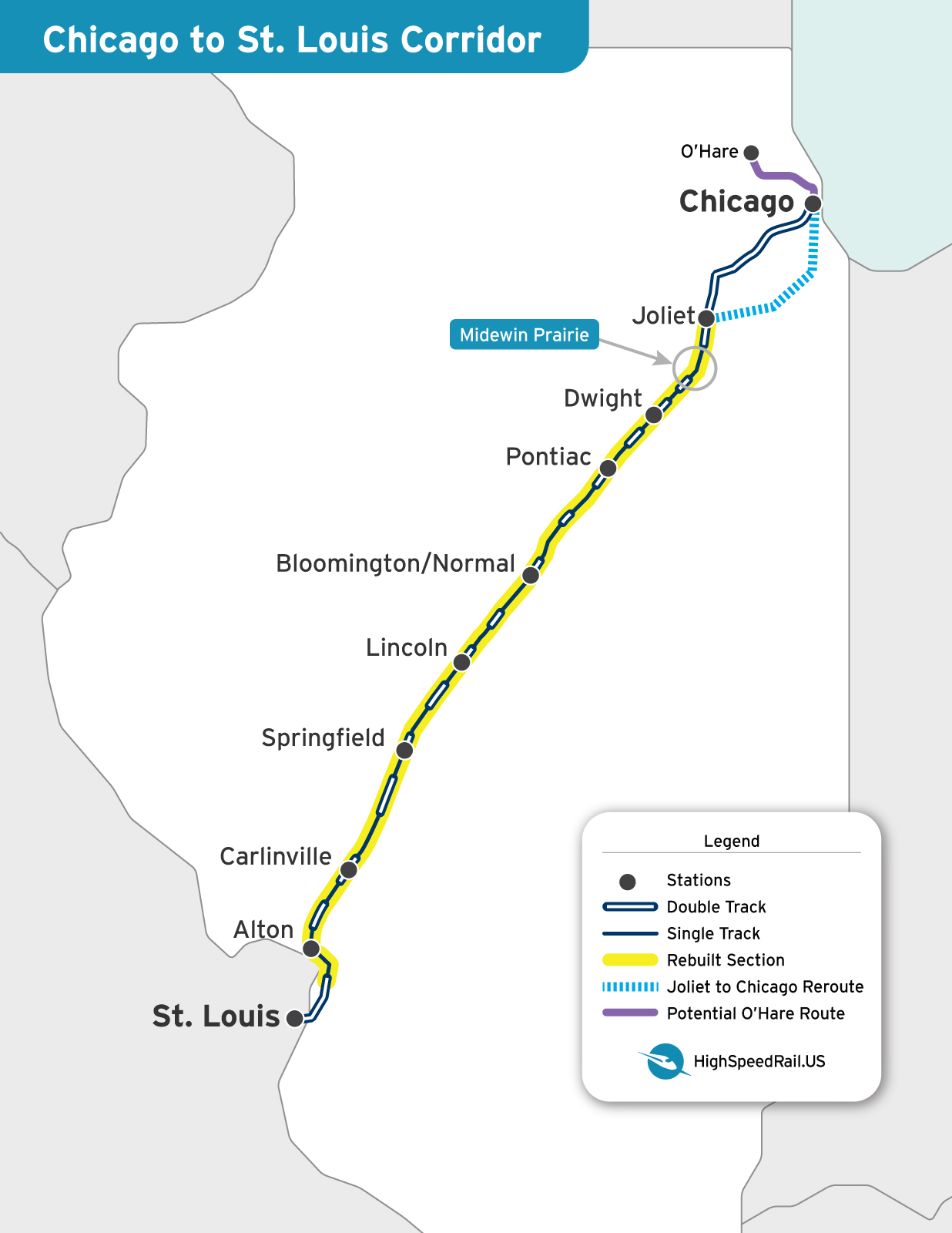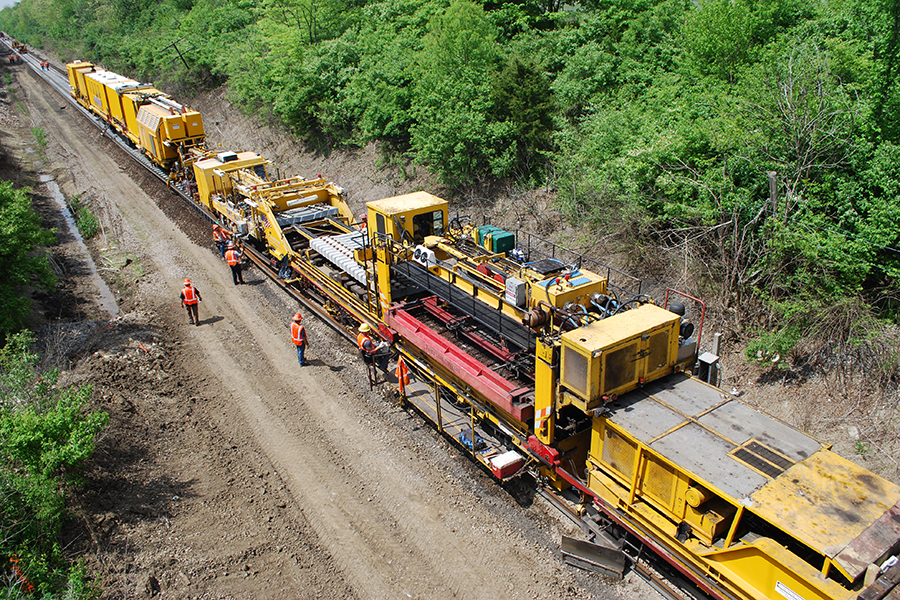Issue in Brief
Trains are Now Operating at 110-mph
In 2010, Illinois received a federal grant to demonstrate how 110-mph trains could operate on a heavy-haul railroad. The corridor was in horrible shape before this project. Today it’s a world-class railroad. So, the Chicago – St. Louis Corridor Project is paying big dividends.
What’s Been Accomplished
- Completely rebuilt railroad between Joliet and East St. Louis.
- Safety improvements in every town.
- More on-time trains.
- Faster schedules.
What Needs to be Done
- Reroute trains to the “Rock Island” for faster trips from Joliet to Chicago.
- Cut travel time between Alton and St. Louis.
- Double track the entire route to allow Regional Rail.
Why This is Important
This is the first time trains have been scheduled to go 110-mph on a heavy haul railroad where freight trains can be more than 2 miles long and each car weighs 143 tons. Hopefully, it sets the stage for upgrading more shared-use lines, whether at 80, 90 or 110 mph.
Innovations include:
- It sets a precedent for how states and railroads can partner on a fast railroad.
- It creates a path for approving I-ETMS, the standard safety system on America’s railroads, for faster trains.
- Improved grade-crossing safety.
Rebuilt from the ground up
The roadbed and tracks have been rebuilt from the ground up, providing a buttery smooth ride. It sets a new standard that all tracks that carry passenger trains should meet. Improved sidings give passenger trains more flexibility to pass freight trains or meet opposing trains with less delay.
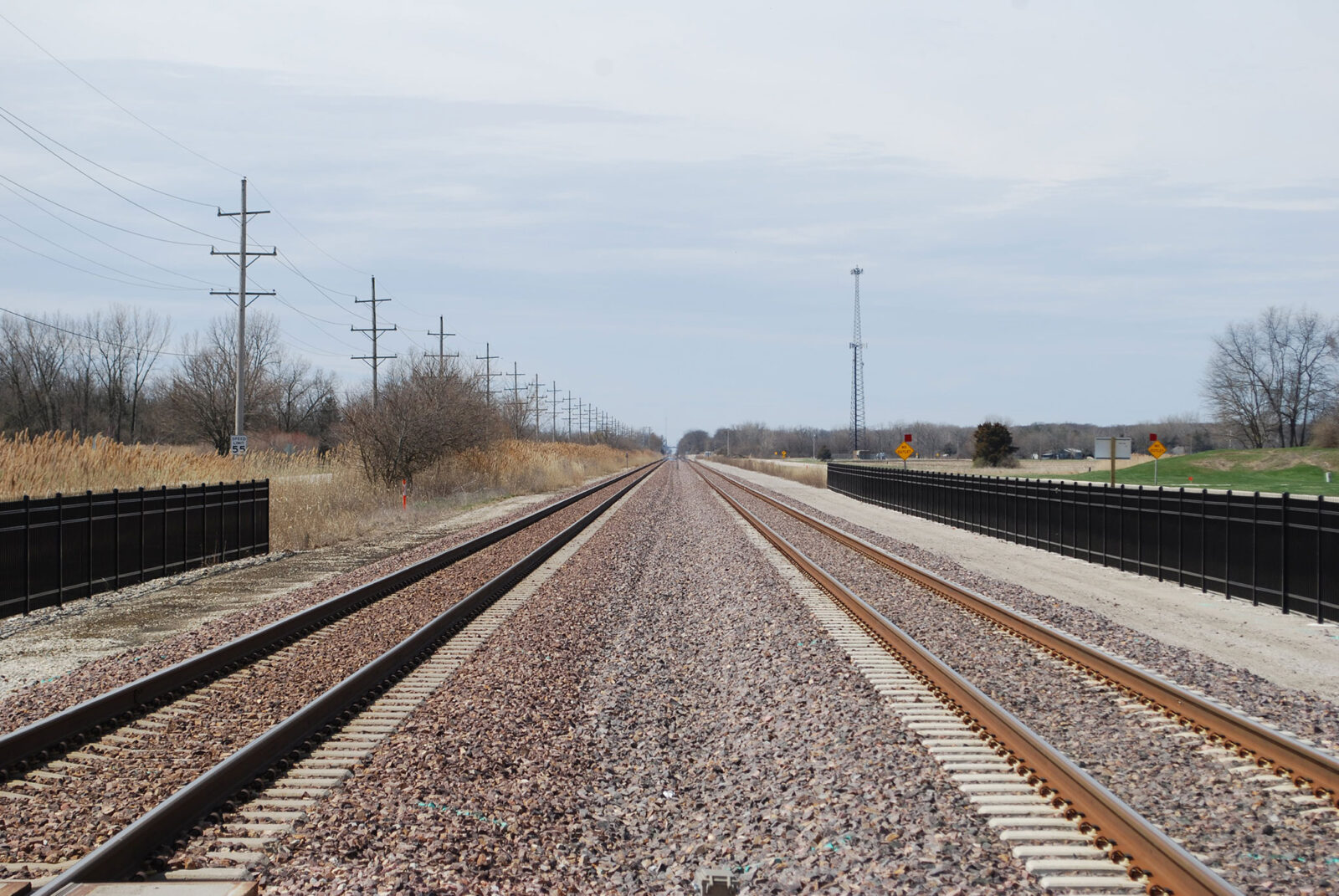
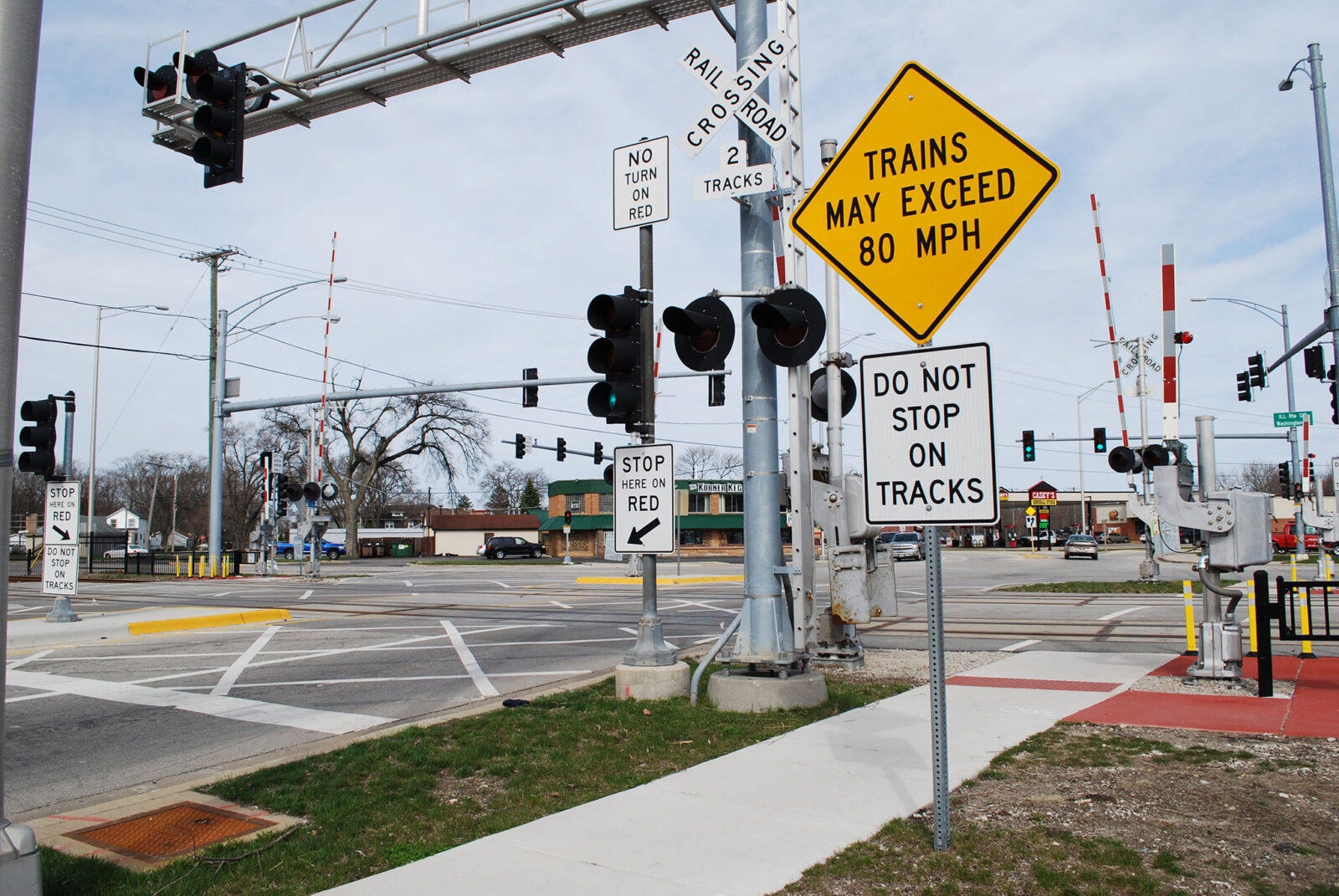
Safer Grade Crossings
All the grade crossings have been rebuilt and improved, with gates that are harder to drive around and systems to detect trapped vehicles. There are also lots of improvements in every town that the tracks pass through, including rebuilt roads and sidewalks, plus attractive fences to keep people off the tracks.
New Stations
The stations are either completely remodeled or brand new. These are not only nice for passengers, they are landmarks that bring fresh energy to the small- and mid-size towns along the line.
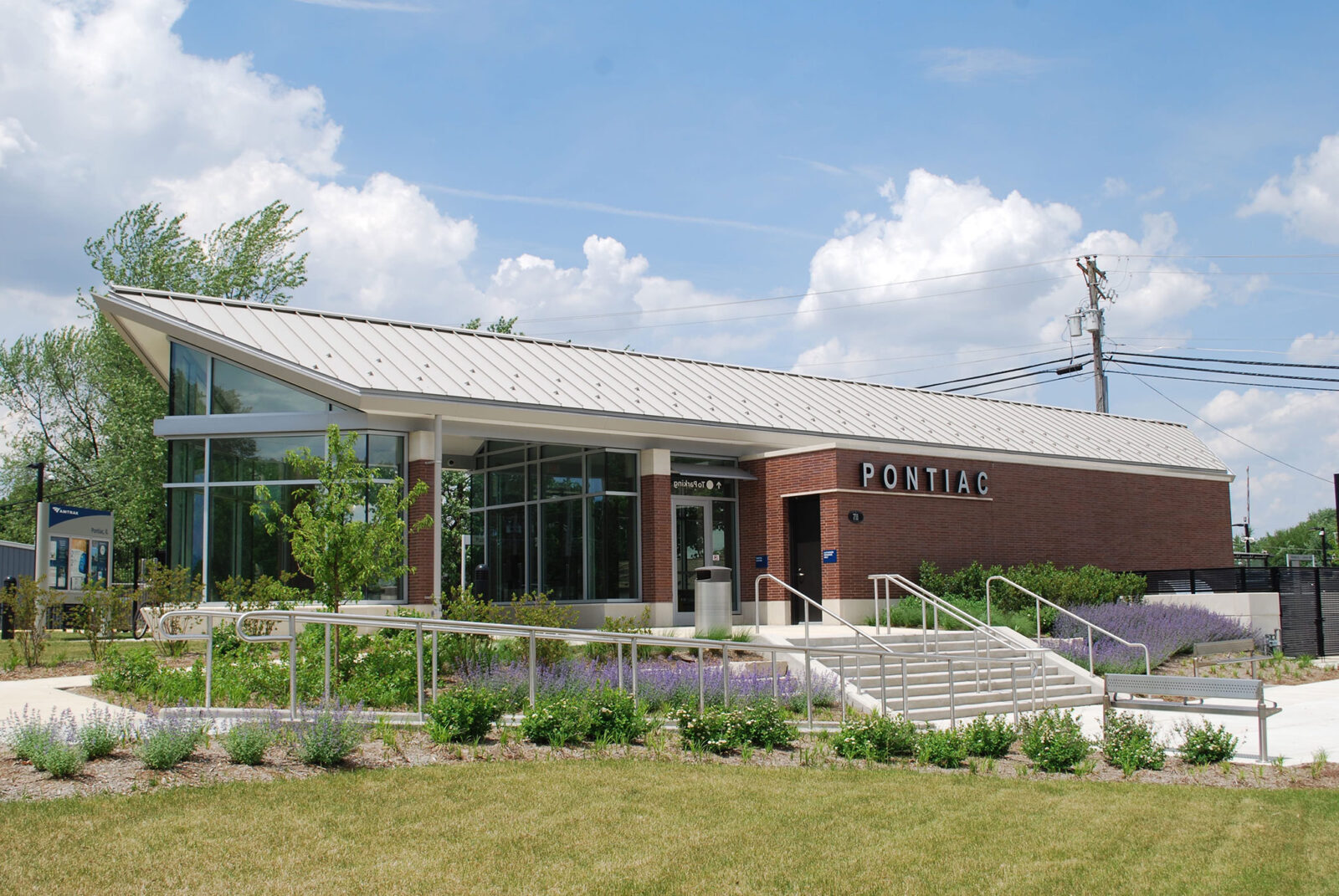
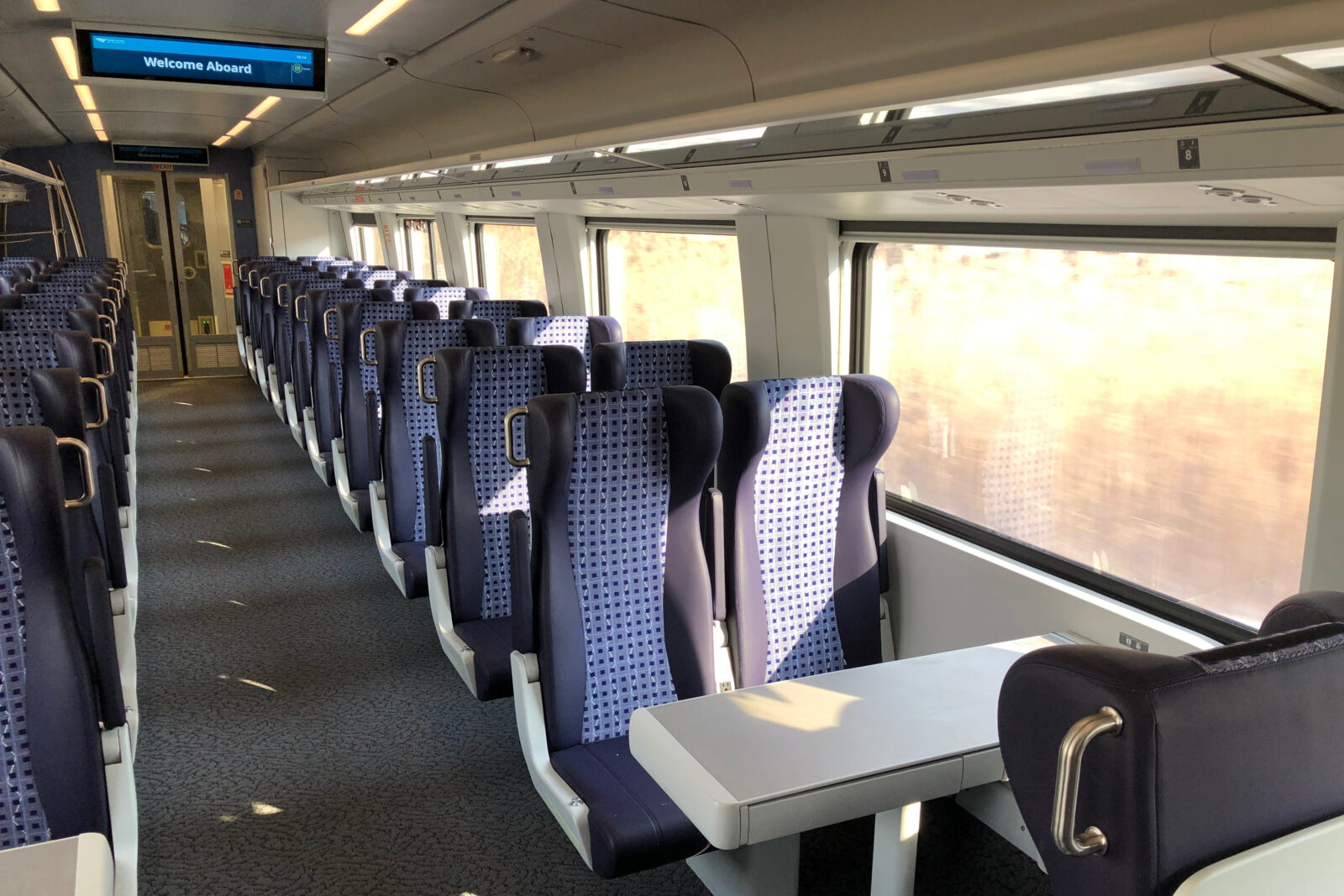
New Coaches and Locomotives
Trains are now pulled by brand-new locomotives that are clean and quiet, accelerate quickly, and are more reliable. New coaches are being deployed. The economy class cars are in operation, business class and cafe cars are on the way.
New Signals
Like the track, the signals and controls were completely replaced.
Track owner Union Pacific also installed I-ETMS, the Interoperable Electronic Train Management System, which is the standard among the various railroads to meet Positive Train Control requirements on heavy-haul railroads.
The Chicago – St. Louis Corridor has blazed the trail for other routes to use this system for faster speeds.
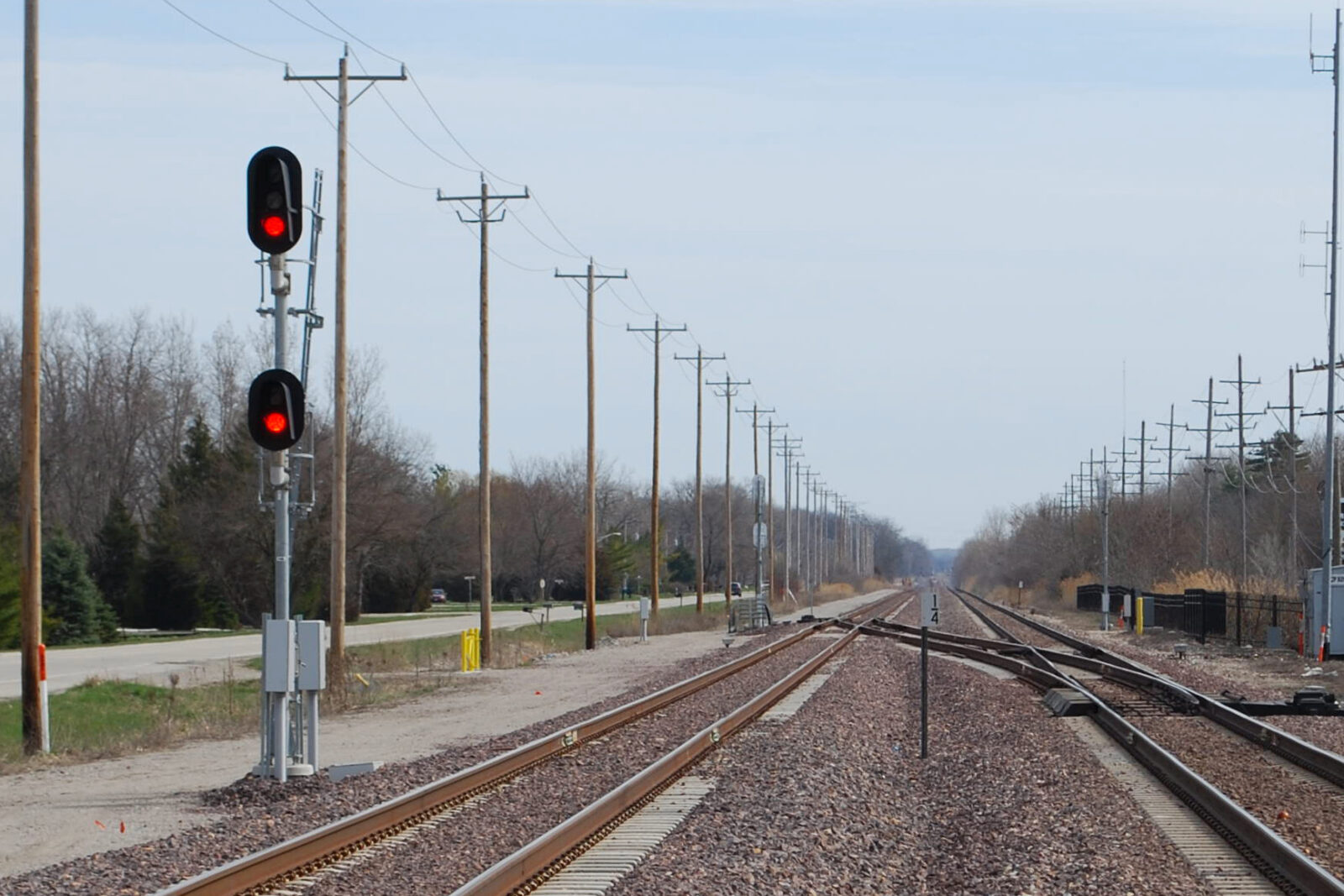
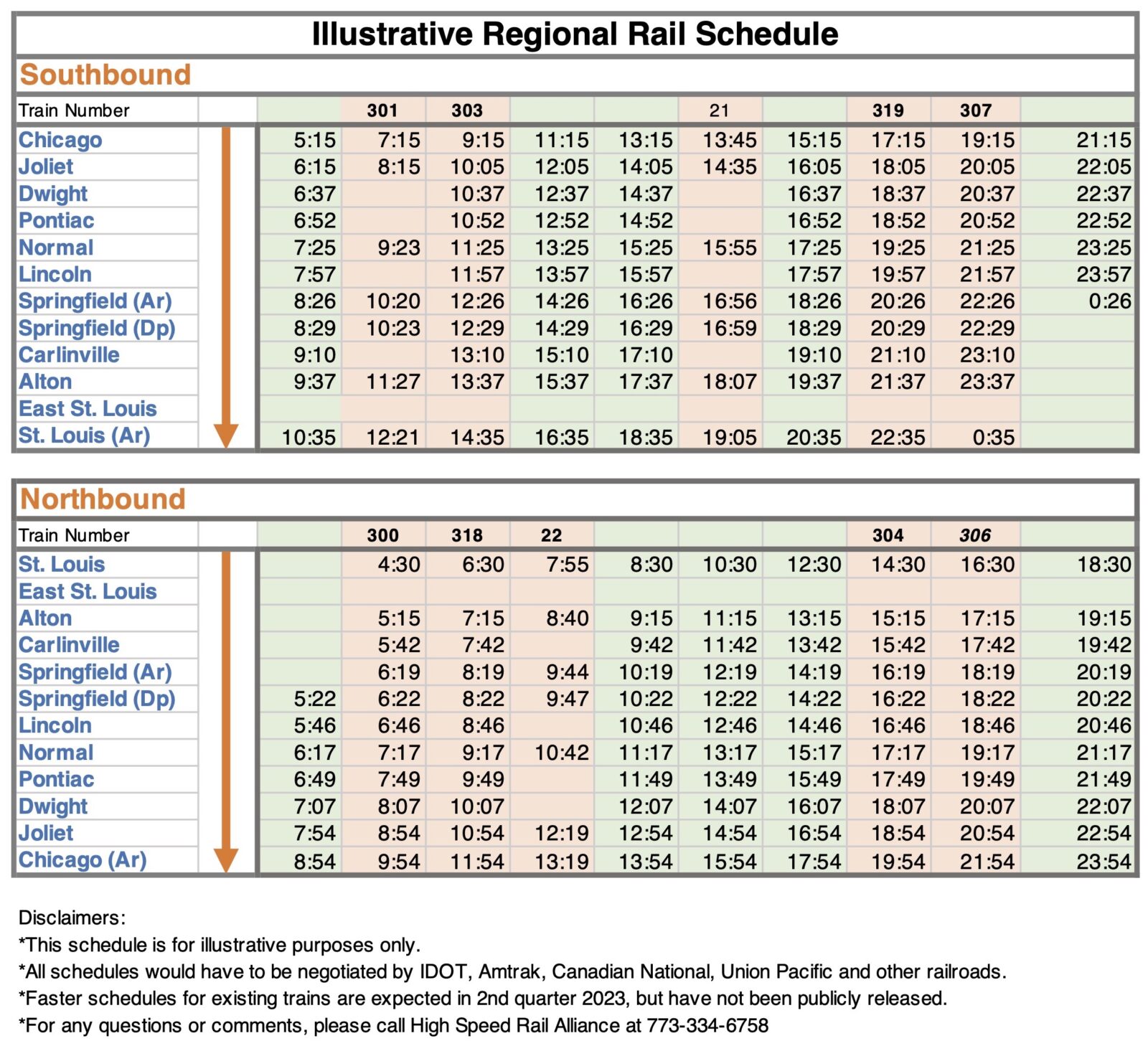
Moving to Regional Rail
The route needs more daily roundtrips. An earlier arrival into Chicago and mid-afternoon departure from Springfield are desperately needed.
And, it is time to move towards Regional Rail, with a train every two hours, at least.
We have created a sample schedule to illustrate what we think is the minimum service level needed to attract substantial passengers. We assumed the same travel times as today, even though the trains will be faster soon.
It will require:
- Double tracking the entire route – Initial planning work has already been done.
- A new route into Chicago – Amtrak is designing this now, it’s called “CHIP”
- Unknown improvements south of Alton.
What Needs to Happen to Bring Great Trains to Illinois?
Train riders, community leaders, and engaged advocates need to persuade Springfield to:
- Treat transit as a statewide issue
- Fund new bridges, better track, and high-performance trains
- Help communities build walkable, enjoyable communities around railway stations
- Expand the Bureau of Railroads to effectively manage the program
Here’s how you can help
Sign the Petition
See progress in Springfield
Illinois lawmakers are debating new funding for transit and intercity trains.
Become a member
Join thousands of advocates across the state working to make fast trains a reality.

Get Involved
The Illinois General Assembly is debating the future transit and regional rail right now.
